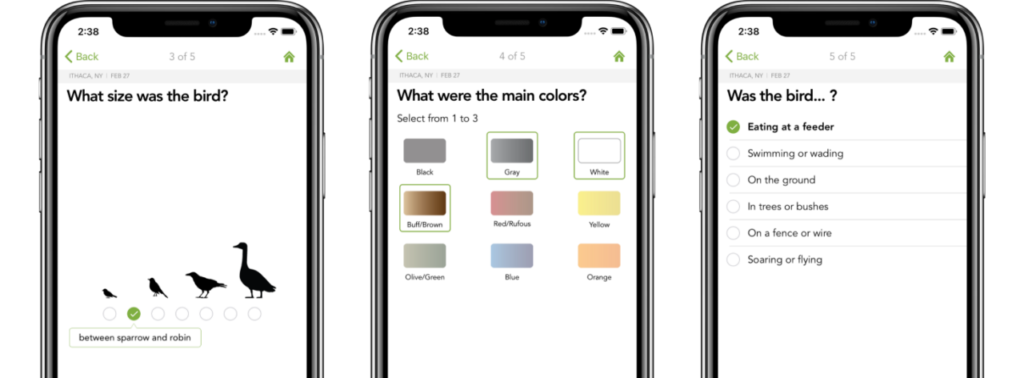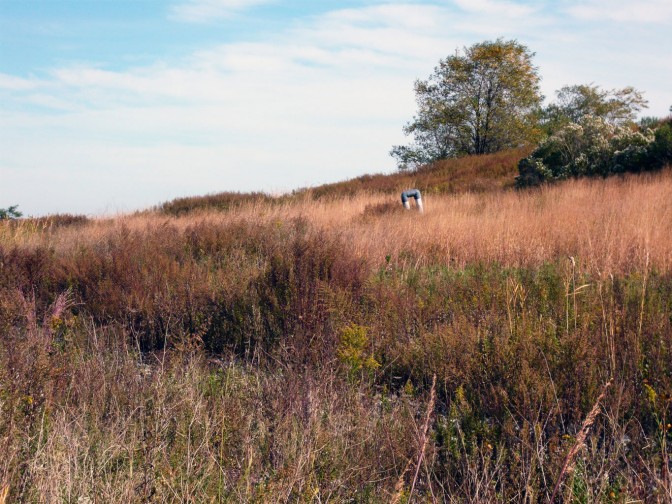Backyard Bird Count

Birders at Freshkills Park – Photo D. Wagner
Birdwatching has become a new hobby for many. Not only is watching and identifying birds hugely fun but its also safe to do during the pandemic because it takes place outdoors.
Did you know that recording the birds you see and keeping a checklist can contribute to the scientific community?
There are various ways you can participate in community science efforts. Consider participating in the annual Great Backyard Bird Count from February 18-21th. The Great Backyard Bird Count is a fun annual census which helps researchers from Cornell Lab of Ornithology and the National Audubon Society to gather data on winter birds. For these four days in February, they set a specific goal—to count all the birds you see and hear! The Great Backyard Bird Count encourages birders of all ages and skill levels to participate in the count; for as little as 15 minutes—but for as long as you like—whether in your backyard, park, or any spot of your choosing. To participate in the Great Backyard Bird Count, you can submit checklists via eBird or completing IDs in the Merlin Bird App. The eBird data and Merlin Bird IDs from these few days are then compiled into a larger dataset by researchers to get a snapshot of winter bird populations.
Participating in community science programs, such as the Great Backyard Bird Count, helps researchers gather information on large, continental scales and over long periods of time. This is useful in looking at how birds have shifted their ranges in response to climate change and urbanization. One example of a species that has shifted northward with warming climate are Northern Cardinals. They are a familiar species of backyard songbird. The males are bright red in coloration and usually easy to spot. While abundant at birdfeeders, backyards, and parks today, only 40 years ago, seeing a Northern Cardinal (Cardinalis cardinalis) in your backyard in New York State was not common. This species only made it to the northern latitudes—like here in New York—relatively recently. We know this, in part, because of recreational birding, which has become a primary source of community science data, which now includes The Great Backyard Bird Count, eBird, and Project FeederWatch.
Male Northern Cardinal, © Alix d’Entremont – Macaulay Library
You don’t need to travel far to find some unexpected birds! Sometimes surprising birds can show up in your backyard. For example, a Baltimore Oriole (Icterus galbula), a neotropical migratory bird that typically travels to Central America for the winter, has been frequenting the backyard bird feeder of several Brooklyn residents.
Baltimore Oriole, photo by Ryan Mandelbaum
For more information on The Great Backyard Birdcount, and how to participate, please click here. To learn more about the birds at Freshkills Park visit our Science and Research page. Happy Winter Bird Watching!






